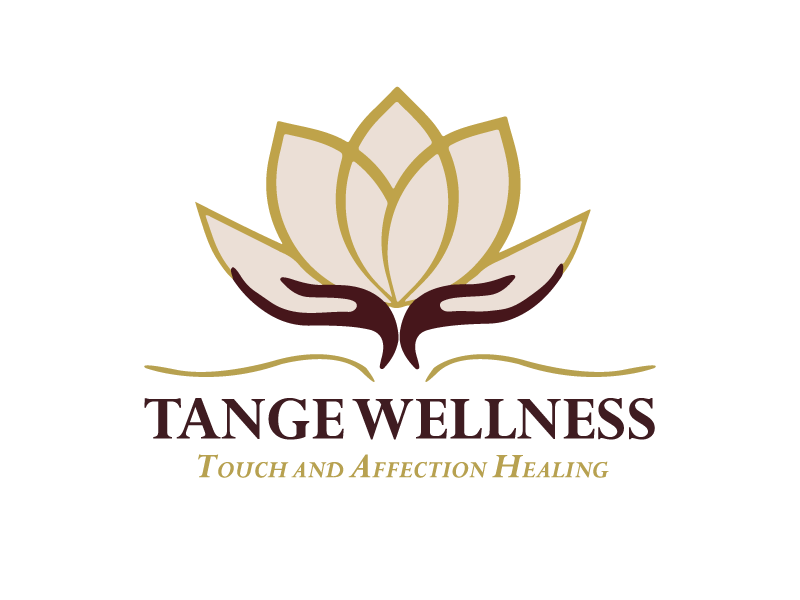The Stigma Around Cuddle Therapy & Therapeutic Touch & Why It Needs to Change
I hear it all the time: "This is such important work. We need more of this."
Therapists, counselors, and even psychiatrists tell me how much they respect what I do. They acknowledge the impact of touch on mental health. They agree that loneliness, touch deprivation, and disconnection are real problems. But when it comes time to refer clients? Silence.
It’s frustrating. It’s confusing. And honestly, after almost 10 years in this field, it no longer surprises me.
I've had so many clients tell me that they brought up their loneliness and need for physical touch in therapy, only to have their therapist nod sympathetically and suggest they get a massage or attend MeetUps because I guess those are the only options for lonely, touch-starved people.
So, I started directly asking therapists:
"If you know anyone experiencing loneliness, touch deprivation due to grief, (C)PTSD(I), depression, burnout, or anxiety, please pass my information along."
And yet, the referrals don’t come.
At first, I thought maybe they didn’t understand my work. However, I started to wonder if it was something else. Maybe they see me as competition. Maybe they think I’ll take their clients away from them. This is ridiculous as talk therapists work from the neck up and cuddle therapists work from the neck down.
One psychiatrist straight-up told me she couldn’t refer anyone to me because I don’t at least have a master’s degree. She also pointed out that I charge only $50 less than she does, despite her 25 years of experience.
My mouth dropped open. Thank goodness we were on the phone.
The assumption that healing only happens through advanced degrees? It’s outdated and narrow-minded. A talk therapist and a cuddle therapist are not the same. We don’t replace each other, but we could offer something truly holistic together.
One therapist told me she wouldn’t refer any of her trauma clients to me. She said my work was nice, but that was it.
I even offered her a complimentary professional session so she could experience it firsthand. She never took me up on it.
This speaks to a massive misunderstanding of touch in trauma healing. Yes, not all touch is healing. Yes, trauma responses can be unpredictable. I know that, and it is why I work in a trauma-informed way and why I teach clients to recognize their yes and their no.
Trauma isn’t just an emotional experience but it’s also stored in the body. Yet any therapists will send their clients to a massage therapist (who only provides one-way touch) but refuse to consider a cuddle therapist who offers safe, bidirectional, consent-based touch.
The logic makes no sense.
When I was promoting my Consent & Cuddles workshop, an admin sent my email out to a therapist listserv. Wouldn’t you know it? Someone responded, questioning whether the listserv should be promoting it and asking if it was unethical.
Unethical?! Really?!
The admin encouraged them to reach out to me directly if they wanted more information. They never did because it’s easier to dismiss something than to understand it.
This goes right back to what another therapist, Tamara Pincus of The Pincus Center shared:
"When I was training as a therapist, I was encouraged to never touch clients. Even hugging at a client request was frowned upon. Later, as a sex therapist, my supervisor was highly concerned about my interest in referring people to touch providers including pro dommes and sex workers. I was told that even my association with the kink community was a problem. I was encouraged to distance myself and make sure my supervisees did too. The further I get from my training, the more open I become. I have found that working in conjunction with surrogate partners has been life changing for my clients and I hate that so few have access to the healing touch they need."
This therapist’s experience is not unique. Many in the mental health field are taught that touch is dangerous, unprofessional, or a liability, but at what cost? Clients are left touch-starved, disconnected, and isolated, and therapists, in their fear of harming, end up withholding something that could be deeply healing.
It comes down to three things:
Training: Most therapists are taught to avoid touch entirely.
Liability: They fear lawsuits or professional consequences.
Misconceptions: Many believe that all touch is sexual or that people can’t be trusted to navigate boundaries.
And yet, the science around touch is clear. Research shows that physical contact releases oxytocin, lowers cortisol, and reduces stress and anxiety. Instead of working with certified cuddle therapists, talk therapists would rather pretend we don’t exist referring their patients to massage therapists.
I know this topic can stir up strong feelings. Many therapists were trained to avoid touch, and I understand the concerns around ethics, boundaries, and liability. Here’s the thing, many of the clients I see are already talking to therapists about their deep loneliness and need for physical comfort. They’re searching for something that traditional therapy isn’t offering.
This isn’t about replacing therapy. It’s about working together to provide clients with the full spectrum of healing tools.
If you’re a therapist, I’d love to hear your thoughts.
What were you taught about touch in your training?
Do you think there’s a place for therapeutic touch in healing?
Have your views on touch evolved since licensure?
There’s a growing body of research on the benefits of touch, and I’d love to see more therapists engaging with it. Maybe the answer isn’t a black-and-white, yes or no. Maybe it’s about finding ways to navigate this ethically, safely, and with client well-being at the center.
How can we bridge the gap between traditional talk therapy and somatic practices? Let’s start the conversation.




